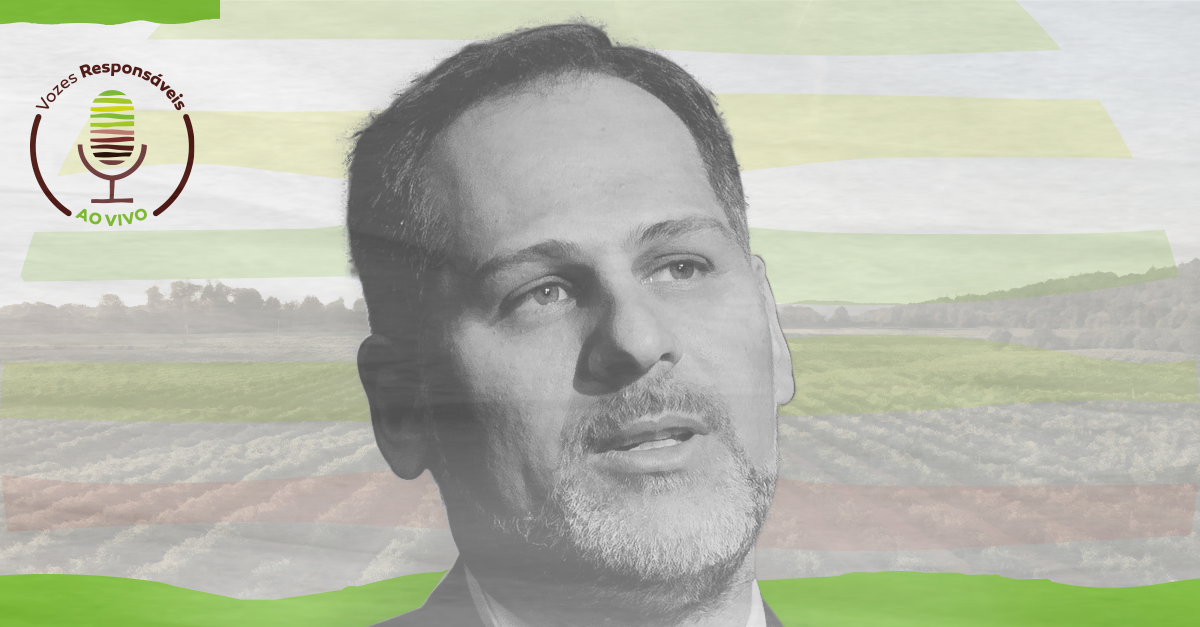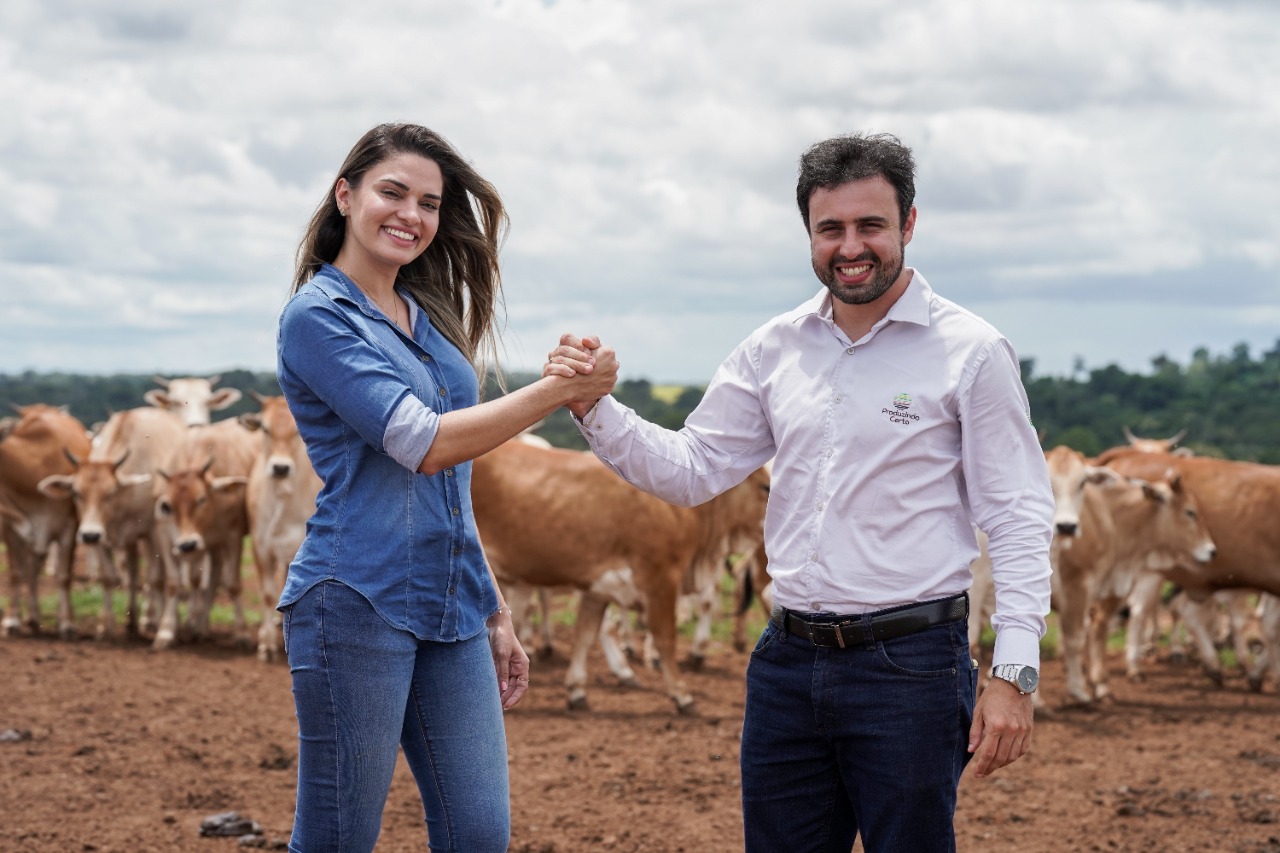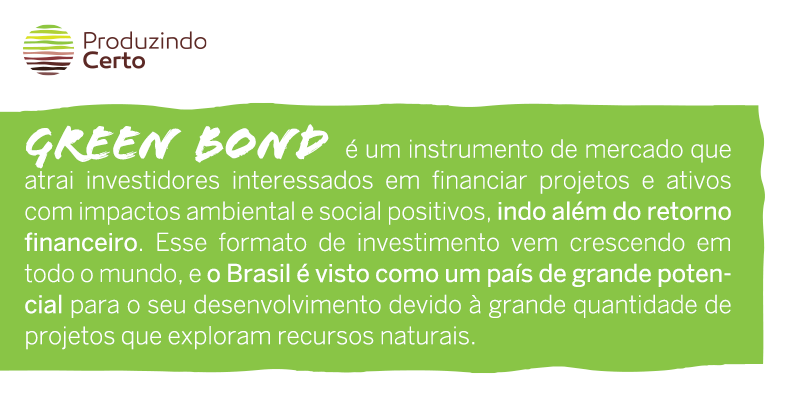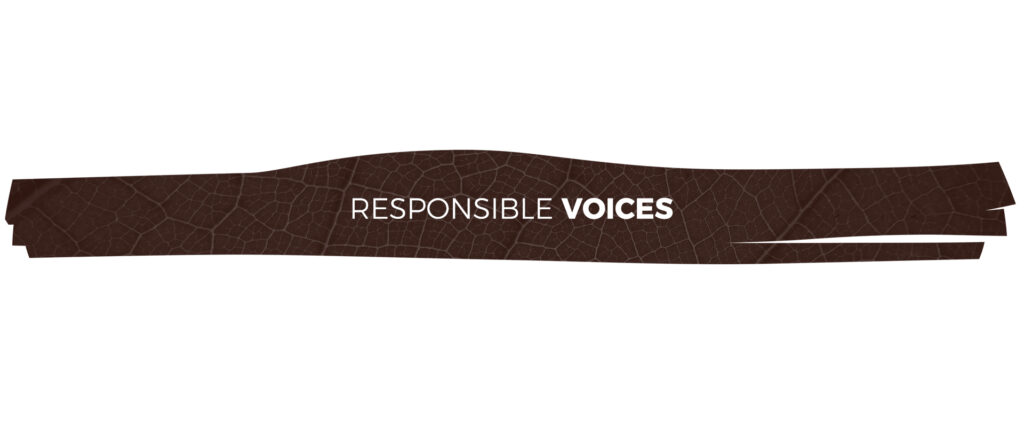
Eduardo Bastos, Sustainability Director at Bayer, discussed alternatives to make the carbon market finally take off in agriculture in the series called Responsible Voices Live
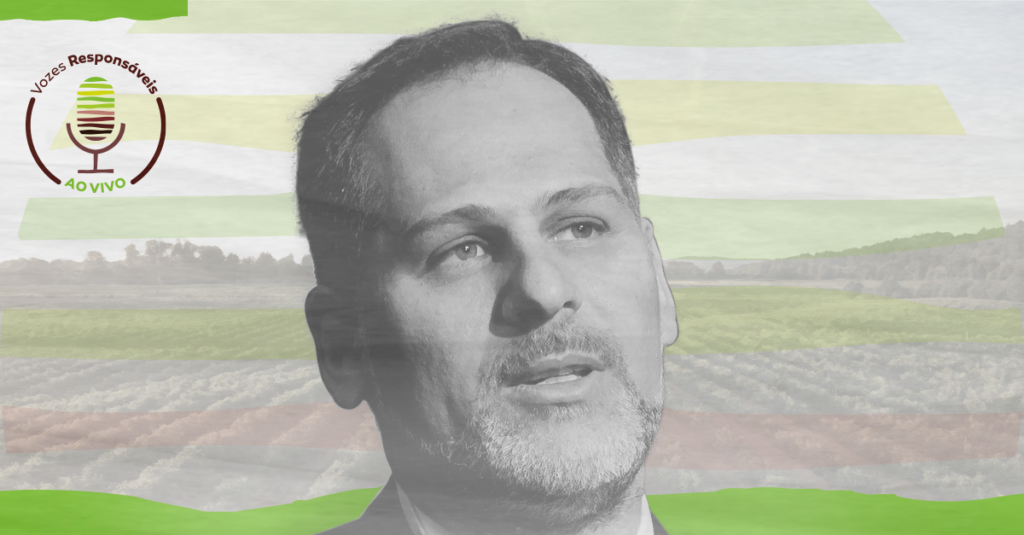
Arriving from Germany in November of last year, Bayer’s Sustainability Director for the Agribusiness Division in Brazil, Eduardo Bastos, traveled by car to the cities of Campinas, Jaguariúna, São Carlos, and Rio de Janeiro to talk to specialists in different units of EMBRAPA: Agricultural IT, Environment, Instrumentation, and Soils. His mission was to prepare, together with rural producers, a plan at field level to improve tools and establish a suitable benchmark to quantify soil carbon sequestration in tropical growing conditions. Through these conversations, technical cooperation between Bayer and Embrapa was formed to support the consolidation of a specific carbon market for agriculture in the country.
A lot has been said about the potential for carbon to generate additional revenue streams for producers and the pricing of environmental services rendered by agriculture. Many rural producers were disappointed by the failed opportunity to achieve new means of remuneration associated with the reduction or capture of greenhouse gas (GHG).
According to Eduardo, agriculture has not yet managed to take off in this market due to difficulties in properly monitoring and verifying the amount of carbon captured and stored in the soil based on the best management practices adopted. Last year, the carbon market moved US$ 214 billion, much of this amount in energy and transportation projects. Of the 80 billion tons of greenhouse gas (GHG) emissions into the atmosphere worldwide, 14 billion tons originated in the fields.
Eduardo Bastos shared the details of the Bayer Carbon Initiative in the second episode of the series Vozes Responsáveis Live, with chats held on Produzindo Certo’s profile on Instagram. The project, in partnership with Embrapa, involves 500 farmers from 14 states. Together, the properties of varying sizes total 60,000 hectares. Every one of them made available at least 120 hectares of crop areas to participate in the assessment of innovative and low-cost methods and techniques to monitor and check the amount of GHG stored in the soil.
The work was developed on three fronts: dissemination of best agricultural practices for carbon capture and storage in the soil; development of tools to measure, report, and verify these stocks using more efficient and low-cost technologies; and the promotion of the carbon market in agriculture, helping to prepare its regulation in Brazil and connecting rural producers to markets interested in carbon credits.
“This isn’t rocket science,” explains Eduardo. “Brazil is at the forefront of transforming the Low Carbon Agriculture (ABC) into public policy; for example, no-till farming, crop-livestock integration, biological nitrogen fixation in the soil. Brazil is recognized for its environmental and agricultural potential, and we can develop both of these. Brazil can become that agro-environmental powerhouse. How can we provide these tools to prove who we are?” he adds.
Initially, the Bayer project is being developed with a pilot group of corn and soy farmers in Brazil and the U.S, but it is expected to expand to other countries and crops in 2021. The initiative is part of the company’s commitment to help reduce global GHG emissions from agriculture by 30%, accounting for nearly 14 billion tons of carbon removed from the atmosphere. Some of the results should be presented during the Climate Conference (COP 21) in December of next year in Glasgow, Scotland.
In addition to the positive effects on climate, storage of carbon that would end up in the atmosphere also means more organic matter in the soil. More fertile land increases productivity and reduces costs for agrochemicals. All this increases the income of rural producers and reduces the risk of crop failure and other losses. “This strategy has a fancy name, de-risking, which is mitigating risks. Money is directly associated with risk, if I reduce risks, I reduce the cost of money. That is why today there is this huge agenda of green bonds,” he says.
Use of Agrochemicals
Eduardo Bastos also talked about the use of pesticides, fertilizers, and other agrochemicals—a topic that is increasingly attracting consumer attention—and how Bayer has been addressing this topic. Another of the company’s commitments is to improve the lives of 100 million small family farmers worldwide. “Part of that has to do with replacing this with biological solutions, but that’s not all. I’m talking about conventional breeding, gene editing, and digital agriculture. We can monitor, and producers can know the exact moment of application. They don’t apply any more or less than needed.”
And he points out the importance of technical support for producers in order to obtain the best results: rural extension, support for adapting techniques, and best practices for the characteristics of each region. It takes a lot of knowledge of the fields and proximity to farmers to cater to their needs. Eduardo also recognizes the need for companies to commit to supporting farmers.
“I very clearly see a critical role to be played by the inputs, pesticides, seeds, digital technologies, tractors segments. There is a huge potential to help Brazilian producers do better. They are already more sustainable compared to others in the world. But it’s always possible to do better. ”
Watch the full live streaming video (in Portuguese):
Some opinions by Eduardo Bastos:
- “For now, green money is only cheaper money. In the future, it will be the only money.”
- “Looking at every company listed on the stock exchange, about 90% of them are committed to zero carbon. A lot of that will come from the reduction of carbon emissions, but they will also have to go to the market to buy (credits). We expect at least R$ 1 billion of that total to leave the pockets of these companies and go to producers. The road is good.”
- “This is the trail we want to blaze with producers. One that will get us there and gain direct financial results, productivity, carbon payments, green finance, and in the end, the market.”
- “We want producers to understand, and in fact they do understand, that they do not plant soybeans; he owns a property, and it just happens that on that property there are soybeans, corn, sugarcane, livestock. He owns a forest. So if he has a surplus of forest, why can’t he monetize it? ”
- Brazil is recognized worldwide for its environmental and agricultural potential. And we can develop both of these. Brazil can become that agro-environmental powerhouse. We have the area for that.”
- “What changes the world are the producers with their boots on the ground, doing their jobs every day. And they increasingly need this support—ours—as input, but also from academia and from Embrapa. That’s why we created this network.”
- “What we want is to show this world of carbon that farming can be a source of sequestration, of carbon capture.”
